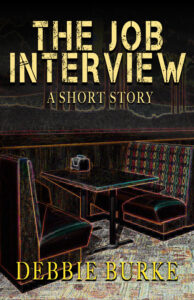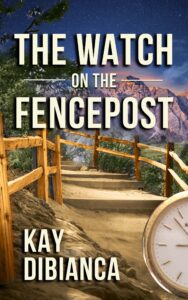Please join Dale in discussing posts he has selected from the archives, as I recuperate from cataract surgery.
In my guest TZK words of wisdom this Saturday, we jump into the archives to find tips on surprising the reader, knowing when to kill a character, and the power of the shadow story. Feel free to comment and engage other readers on any, or all, of these topics.
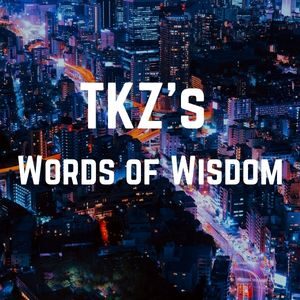
Surprises
Surprises can be powerful things – they can draw a reader into a book in a way that is (I think) often more powerful than a mere plot twist or a shocking ending. They can take the form of an unsuspected insight into a character, a happy coincidence, or just the details of a world created that transports the reader’s imagination. The element of surprise is however much harder to achieve than suspense or the power to shock and I think (in terms of craft) it requires:
- An appreciation of language – the beauty of a turn of phrase that can delight as well as surprise should never be underestimated.
- An understanding of the nuances of the human condition – many of the best surprises occur only because an author has a grasp of the full idiosyncrasies of characters (both real and imagined).
- An ability to create parallel worlds full of quirks and charms that allow a reader to suspend disbelief.
- And, finally, the bravery required to take a book into rough uncharted waters…
–Claire Langley-Hawthorne– October 12, 2009
The Kill Bell
That malicious peeling noise that lets me know, as I’m drafting my latest book, that it’s time to drop a body.
That’s how it sounds to me, anyway. Maybe yours sounds different, but I’m guessing I’m not alone in having one. As a mystery/thriller writer, I know I have to kill, early and often. And since you’re on this blog – it is called The Kill Zone, for goodness sakes – you probably know it, too. Lord knows, no one here is writing cozies. I’m betting the Kill Zone authors alone traffic in more blood than your average Red Cross chapter.
But how much do we spill? And how do we know when the time is right?
That’s what the kill bell is for. I’ve come to value it, to know to listen for it, and even to anticipate it. It’s that little friend that tells me things have gotten a little too comfortable for the reader and I need to shake things up.
It’s not like it happens in predictable intervals – and thank goodness, since it would get a little too cookie-cutter if you whacked someone every 10,000 words. I can sometimes go 40,000 words without slashing so much as a single throat. Then I shoot someone and I think I’m okay for a while but, ding-a-ling, there’s the bell again. And, even if it’s a mere 2,000 words later, I’m puncturing someone’s temple with a nail gun.
I suspect every writer’s kill bell is set to a slightly different frequency, which is why we all write different books. The important thing is to respect it and, when you hear it ringing, to act. Even when it’s not clear how. –Brad Parks– March 10, 2012
The Shadow Story
Simply put, the shadow story is what is taking place away from the scene you are writing. It’s what the other characters are doing “off screen.” By giving thought to the shadows, even minimally, you greatly expand your store of plot material.
Shadows Inside the Lead
You can also delve into the shadows and secrets of your Lead. Maybe you’ve done this already, by giving your Lead a backstory and answering key questions about her life (education, hopes, fears, lost loves, etc.)
But every now and then, in the middle of the writing, pause to come up with something going on inside the Lead that she is not even aware of. Try what I call “the opposite exercise”: The Lead, in a scene, has a specific want or need (if she doesn’t, you need to get her one fast, or cut that scene!) Now, pause and ask: what if your Lead wanted something the exact opposite of this want or need? What would that be? List some possibilities. Choose one of those. Ask: Why would she want that? How could it mess with her head?
Then look for ways to manifest this inner shadow in some of your scenes.
Or imagine your Lead doing something that is the opposite of what the reader or, more importantly, you would expect in that scene. What sort of shadow (secret) made her do that?
Just by asking these sorts of questions, you deepen your Lead and add interesting crosscurrents to the plot.
That’s the power of the shadow story. –James Scott Bell– April 12, 2015
***
Any tips on how to surprise the reader?
How do you decide when to kill a character?
Do you spend time thinking of the shadow story in your own fiction?


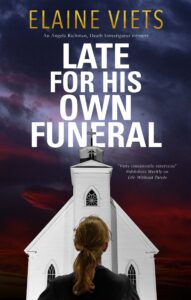
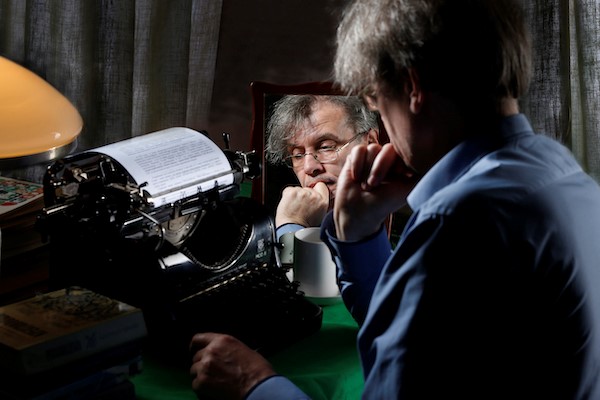
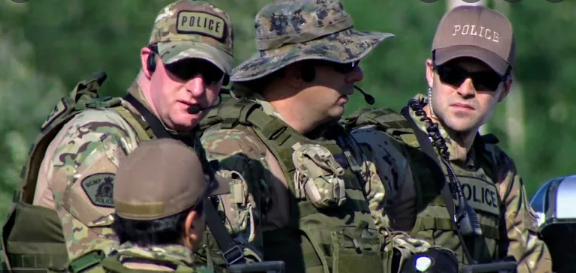
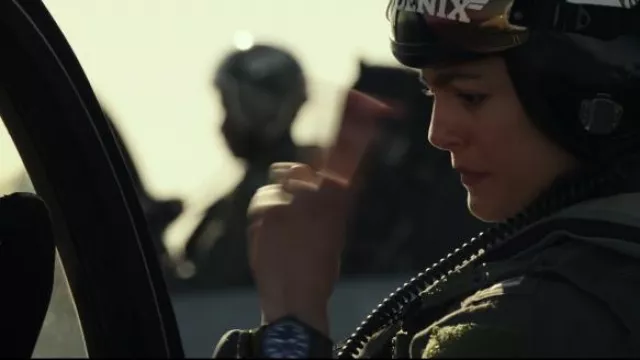
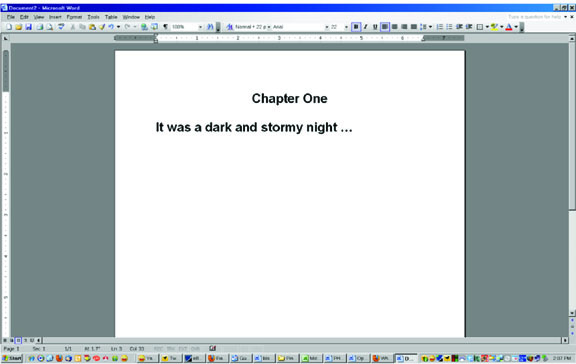
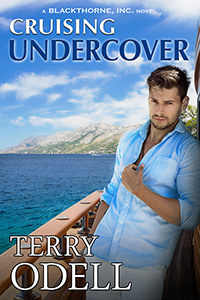



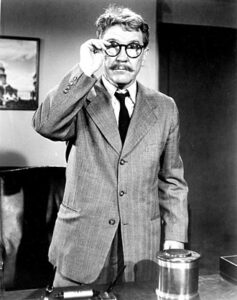
 My world no longer looks like an Impressionist painting. I can see individual leaves on trees, blades of grass, street signs (oh, that’s where I was supposed to turn).
My world no longer looks like an Impressionist painting. I can see individual leaves on trees, blades of grass, street signs (oh, that’s where I was supposed to turn).